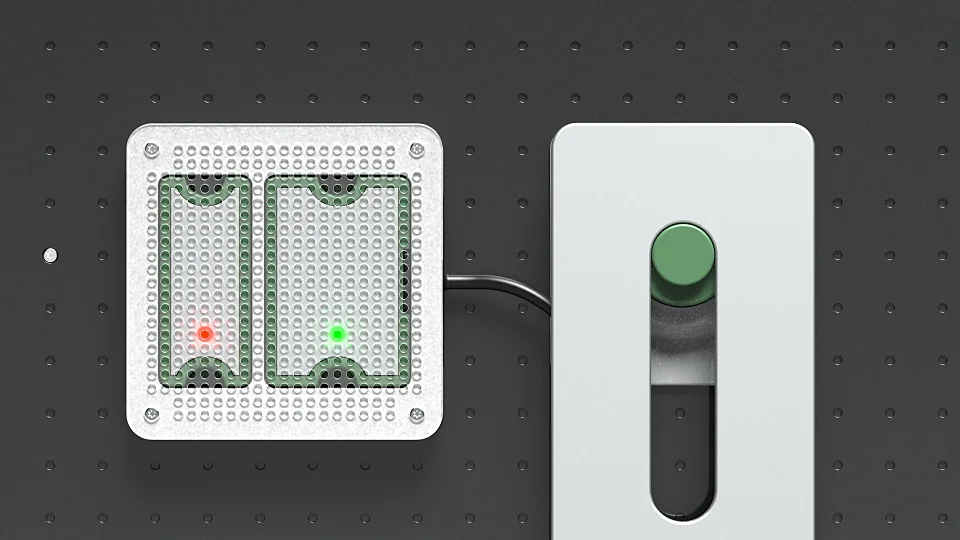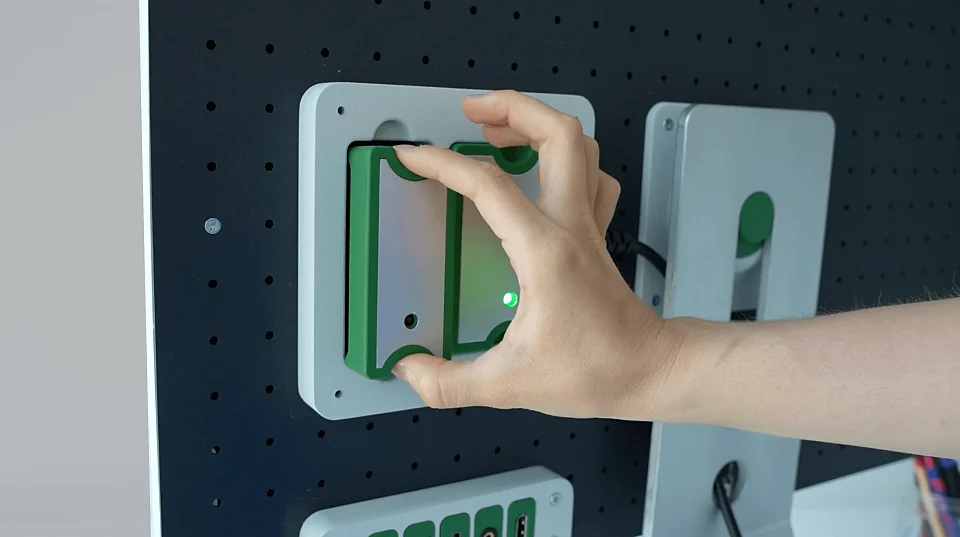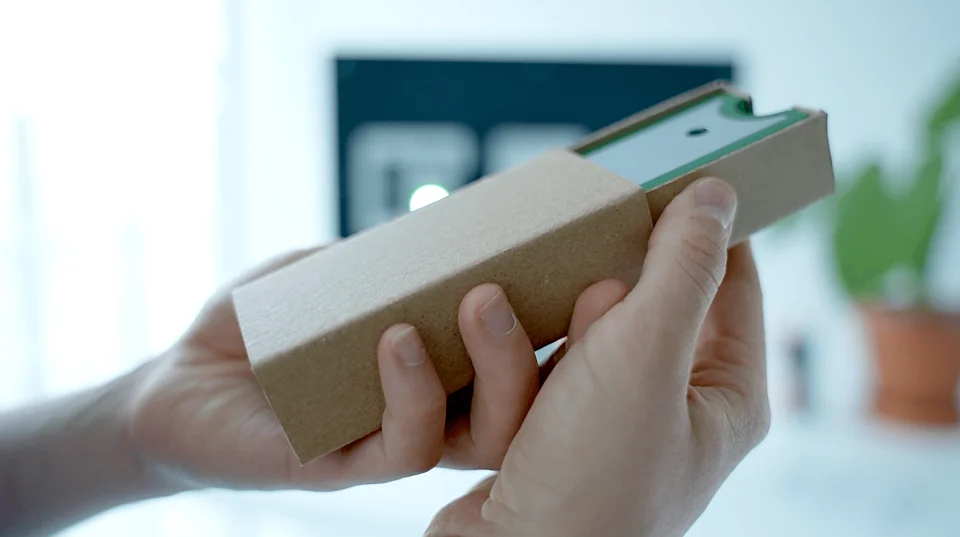Fix the Circuit: A monitor case study
In our fast-paced society, individuals often overlook everyday objects until they break down, transforming into waste due to a lack of tools, competency, and spare parts for repairs. In today’s linear economy (LE), there is little concern for the post-purchase fate of products, leading to significant electronic waste—5 million tons in Europe in 2020 alone. The EU Circular Economy action plan, introduced in 2020, seeks to address this by promoting sustainability, economic growth, and resource conservation through better product design. This plan emphasizes the importance of increasing product durability, repairability, upgradability, and remanufacturing, potentially compelling companies to prioritize these aspects in product development. Despite increasing research on product repairability, there is still no comprehensive framework to guide the design of products for consumer repair. Transitioning to a Circular Economy (CE) aims to maintain products at their highest value, influenced not only by design strategies like disassembly and material selection but also by user behavior.
CE promotes designing products with a focus on durability, disassembly, repair, and maintenance, ensuring resources remain within the economy and extending product life. Products repaired and reused retain higher value than those dismantled for materials after reaching the end of their life cycle, unlike in a linear economy where they end up as waste. Design for Repairability (DfR) enables products to be maintained in good condition, distinguishing between repair and replacement to minimize ecological impact. This research project focuses on DfR in the context of consumer maintenance of household electronics, identifying motivational and demotivational factors and conducting case studies to aid product designers. This research clusters repair initiatives into four main areas: Accessibility, Diagnosis, Sourcing, and Action, considering the uniform EU regulatory framework and existing literature on the topic.




